On the evening of November 13, the Conference Center at ShanghaiTech University welcomed an audience of over 800 for a special chamber-music concert jointly performed by the Philadelphia Orchestra and the Shanghai Philharmonic Orchestra. This performance marked the Philadelphia Orchestra’s return to the campus following their 2023 China tour, which celebrated the 50th anniversary of its historic first visit to China in 1973. It also marked a renewed collaboration with the Shanghai Philharmonic Orchestra, continuing a partnership in performances at the university spanning the past five years.
The concert featured classical masterpieces by Beethoven, Dvořák, and Weber, performed by chamber ensembles comprising musicians from both orchestras. A special performance of Norwegian composer Edvard Grieg’s “From Holberg’s Time,” in memory of Danish playwright Ludvig Holberg, was performed by musicians from both orchestras in a string ensemble. In addition to the Western classics, the concert included “The Suhe Creek,” an original composition by Gong Peng-Peng, resident composer with the Shanghai Philharmonic, expressing affection for the city of Shanghai. In response to the audience’s enthusiastic applause, musicians from both orchestras returned to the stage for a stirring rendition of the Chinese folk classic, “The Moon Reflected on the Er-Quan Spring.”
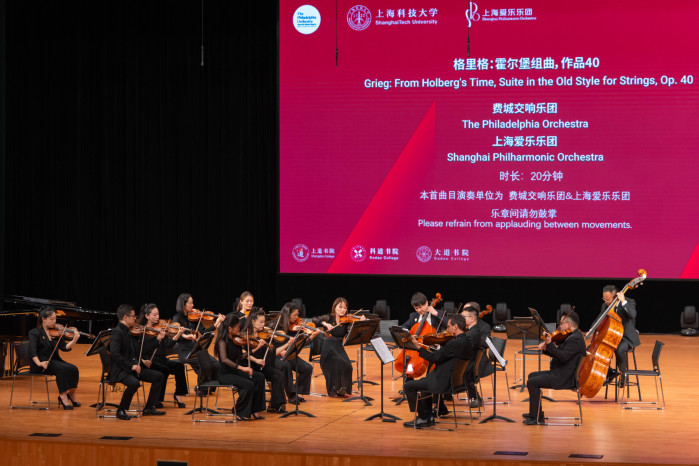
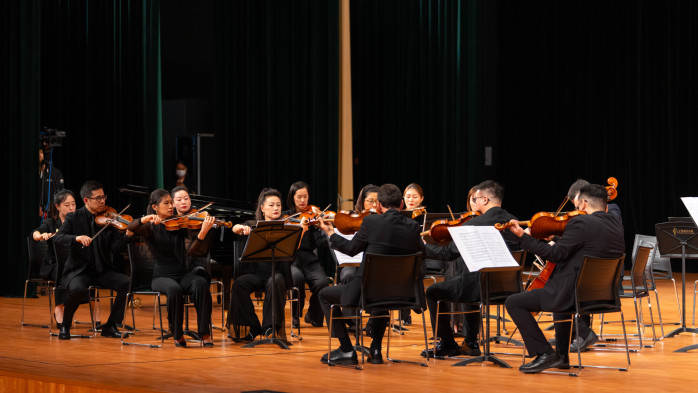
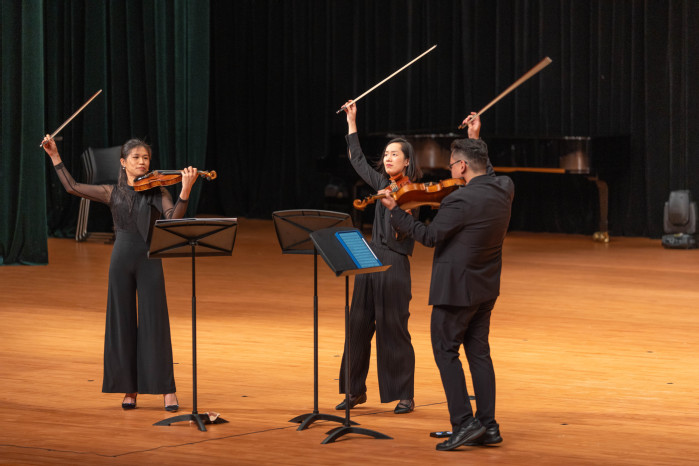
As a bonus part of this campus event, a dialogue session themed “Music and Creativity” was held in the afternoon. This session featured Ryan Fleur, Philadelphia Orchestra Executive Director, and composer Gong Peng-Peng, together with Liu Yuchen, a master’s student at the School of Information Science and Technology and a member of the university orchestra. They shared with the audience their insights on the intersection of music and creativity as well as personal stories from their artistic journeys. This activity offered students an intimate look at the lives and inspirations behind these celebrated musicians and deepened the educational and cultural impact of the orchestra’s visit. “Even though ShanghaiTech is known for its strength in science and technology, we really welcome these inspiring exchanges with world-class musicians to enrich our educational experience,” said Liu.
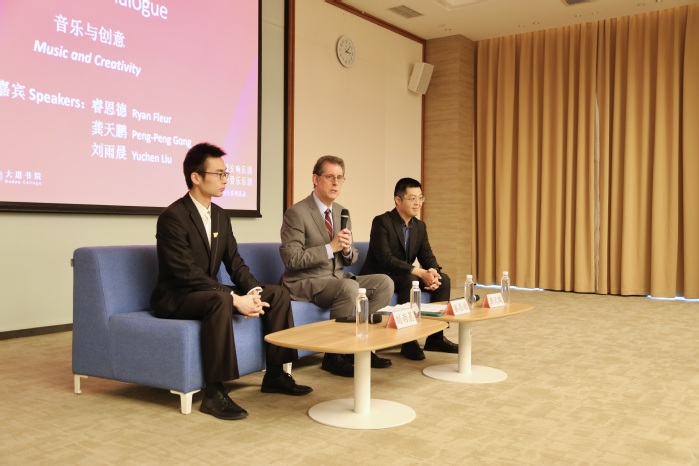
In addition, just before the official performance of the concert, students were invited to observe the rehearsal, providing a unique chance to interact closely with world-class musicians.
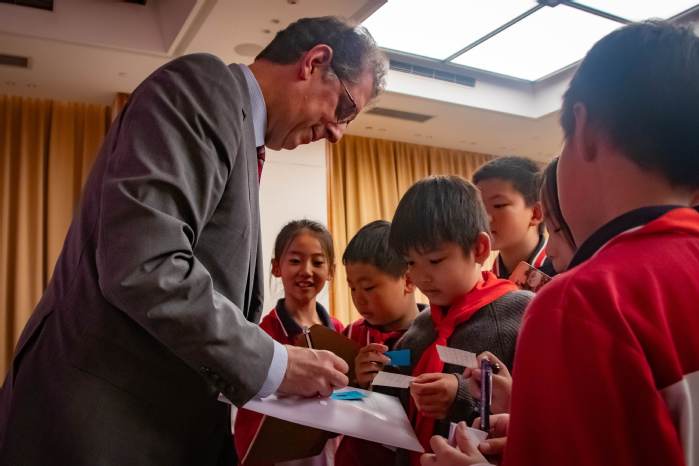
This visit echoed the first joint chamber concert held by the Philadelphia Orchestra and the Shanghai Philharmonic at ShanghaiTech on the same date in 2019, and further strengthened the university’s engagement and cooperation with local and international professional arts organizations, bringing new vitality to ShanghaiTech’s arts education.
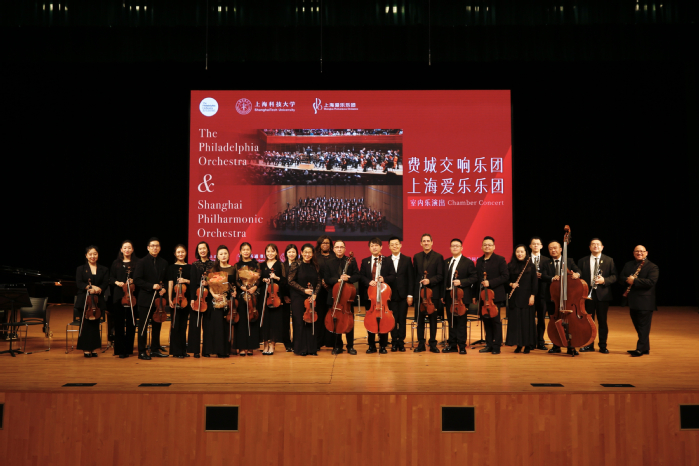
Reflecting on the collaboration, Fleur said, “It was five years ago that we last performed with the Shanghai Philharmonic, here, at this same venue. We look forward to continued collaboration with both the Shanghai Philharmonic Orchestra and ShanghaiTech University to achieve mutual growth.”
Cellist Udi Bar-David, with the Philadelphia Orchestra, expressed his excitement, “I have seen the development of Shanghai and I love the city. It’s a learning experience for both of us. We always hear news, but now we have opportunities to meet, people to people, and have direct contact with the local orchestra and university. There’s a big difference.”
Founded in 1900, using music as a bridge to foster mutual understanding, the Philadelphia Orchestra has promoted friendship between the United States and China for over a half century. Meanwhile, the Shanghai Philharmonic Orchestra, based in Shanghai, has consistently dedicated itself to the preservation and presentation of exceptional symphonic works, promoting the dissemination and innovation of traditional Chinese culture.

The visit of the Philadelphia Orchestra and the Shanghai Philharmonic Orchestra to ShanghaiTech successfully integrated classical art into the campus culture. These high-quality cultural exchange activities have brought diversity to the campus while substantially implementing ShanghaiTech’s educational model with the combination of technology and art, fostering the improvement of its students’ comprehensive education.

